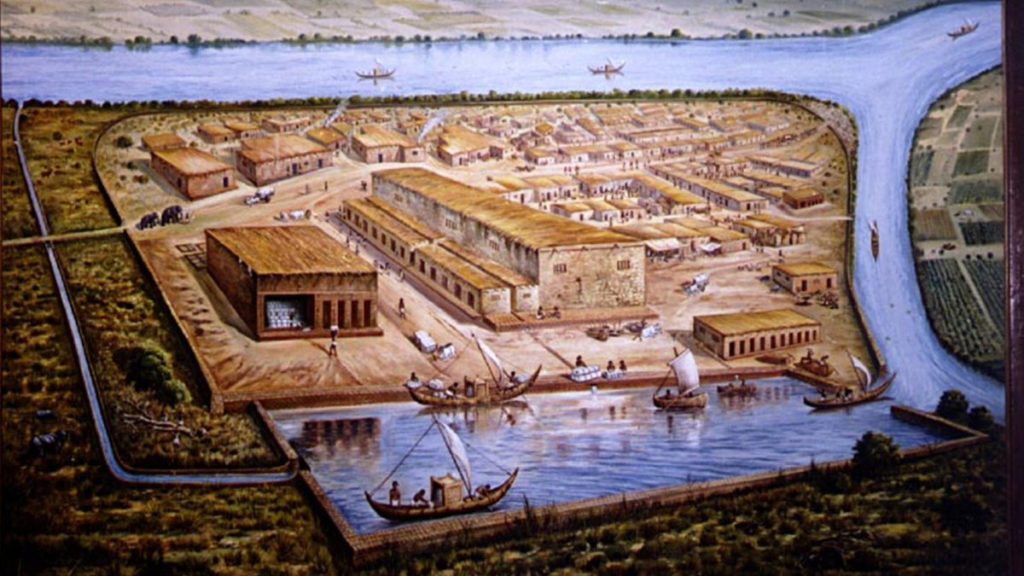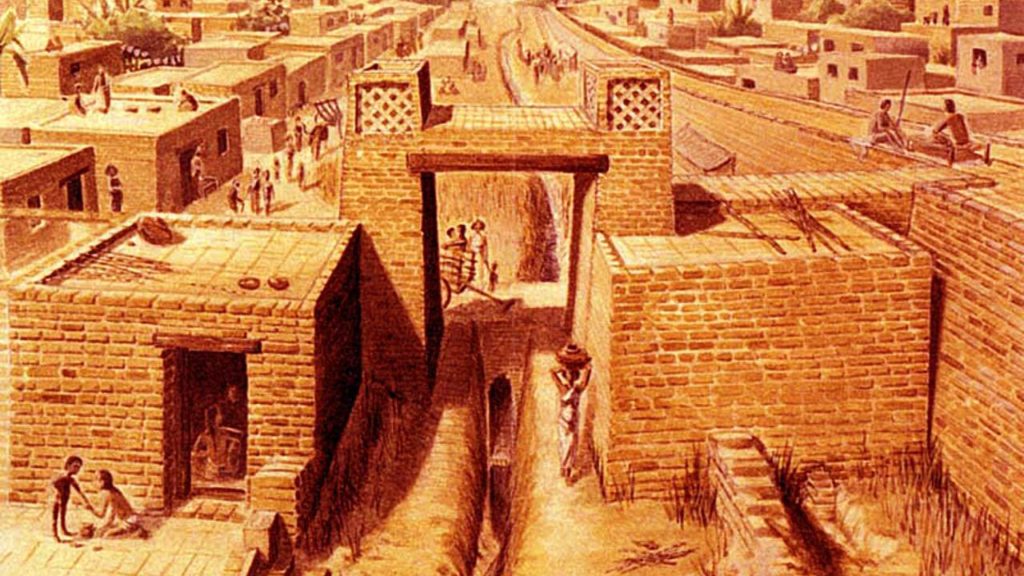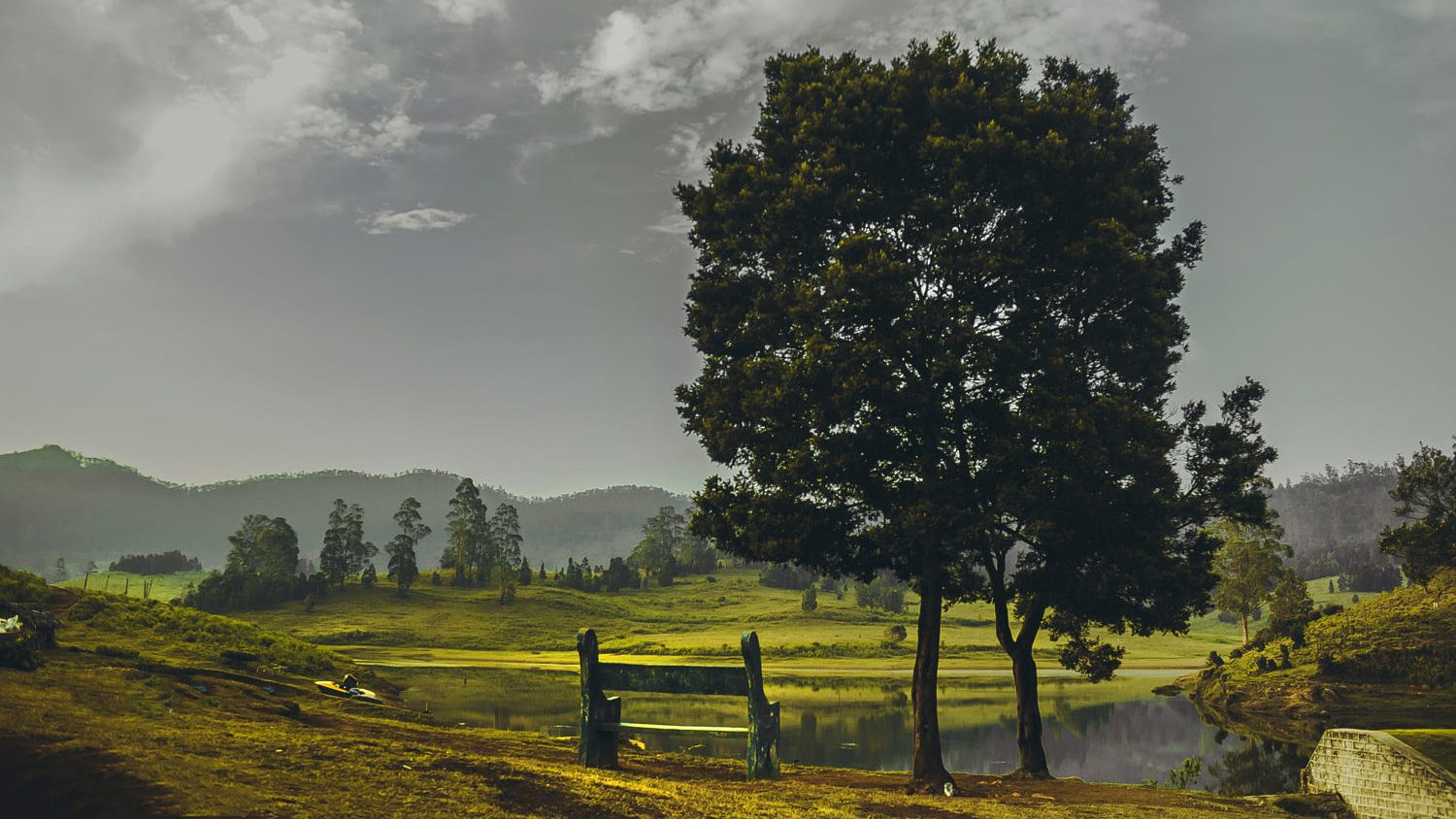
Lothal: The Forgotten City of the Dead
Some places have unparalleled historical heritage. To see and experience them is a lifetime experience. To witness ancient glory of the bygone era is enthralling. One such place is Lothal.
Lothal is a city of the Indus Valley Civilization. It was discovered in 1954 and excavated from 1955 to 1960 by Archaeological Survey of India(ASI). The meaning of the name ‘Lothal’ means ‘Mound of the Dead’ in local Gujarati language.
Where is Lothal situated?
Lothal is located in Gujarat near the dry beds of river Ghaggar-Hakra, which is believed to be the mythical river Saraswati. It is one of the oldest ports and docks in the world. Lothal is around 85 kms from Ahmedabad and 30 kms from the present-day Gulf of Khambat.
Things to see at Lothal
Lothal site is a medium sized settlement. Its plan is rectangular. It is surrounded by wall of mud and burnt bricks. There is a burial ground at the north-west side, outside of the wall. Ancient Lothal had a main citadel with an elevated area. The remains of residential buildings, streets, lanes, bathing pavements and drains can be seen and they simply fascinate us.
Structure of Lothal
The city was well planned with strategic layout. It was divided into blocks. They were one to two meter high platforms made from sun dried bricks. They were the plinths of a cluster of 20 to 30 houses. 13 meter thick wall gave protection from the floods. The city was divided into Upper and Lower.
Houses at Lothal
The citizens of Lothal stayed in decent houses. Some houses in the main area were large and spacious. There were four to six rooms, bathrooms, courtyard and veranda. Rich and ruling families stayed in the Upper part where as common people and working class stayed in Lower part. The Upper houses have 3 meter high platforms, bathing spaced, underground drains and wells for drinking water. Lower part also has systematic civic facilities.
Dockyard
Dockyard is one of the most remarkable features of Lothal. It is situated at the eastern side of the city. The basin is enclosed by a wall of burnt bricks. Provision for water level regulation is done with a gate and spill channel. A mud brick platform is erected to keep goods.
Lothal an industrial city
Archaeologists state that Lothal is approximately 2450 BCE old that is, it existed 500 years after Harappan era ended in 1900 BCE. The City of the Dead lives on with the legacy of the glorious Indus Valley Civilization. This was an industrial city which had trade connection with Mesopotamia and Egypt. The Lothal people used to make various types of weapons, ornaments, beads etc. from copper, tusks of elephants, terracotta and cotton garments also.
Why was Lothal important to Harappan Civilization?
Lothal was an important city in the Harappan Civilization and the reasons are many.
- Rich cotton and rice growing areas
- Bead making industry
- As a dock for ships and port for trade
- Finding place of beads and semi-precious stones
- Well planned township
- Good civic amenities such as drainage
Archaeological Museum in Lothal
Archaeological Museum was set up in Lothal which has a great collection of artefacts found during the excavation. They include
- Beads
- Seal and seal replicas
- Terracotta ornaments
- Shells
- Ivory
- Bronze artefacts
- Copper objects
- Animal and human figurines
- Pottery
- A replica of burial of two people together in a grave
So if you want to connect to the ancient Harappan civilization and see its wonders Lothal is the place to go in India. Add it to your bucket list.
Bhagyashri Travels offer fully customized tour packages for any tour as per your requirement. Get in touch with us for the enquiry.
Sorry, the comment form is closed at this time.








